In their ongoing quest to develop a range of methods for managing plasma so it can be used to generate electricity in a process known as fusion, researchers at the U.S. Department of Energy’s (DOE) Princeton Plasma Physics Laboratory (PPPL) have shown how two old methods can be combined to provide greater flexibility.
Tag: fusion and plasma sciences
Adding just enough fuel to the fire
PPPL researchers have determined the maximum density of uncharged particles at the edge of a plasma before certain instabilities become unpredictable. This is the first time such a level has been established for Lithium Tokamak Experiment-Beta. Knowing this level is a big step in their mission to prove lithium is the ideal choice for an inner-wall coating in a tokamak because it guides them toward the best practices for fueling their plasmas.
One way to improve a fusion reaction: Use weaknesses as strengths
Scientists are using the imperfections in magnetic fields that confine a fusion reaction to improve and enhance the plasma in an approach outlined in a new paper in the journal Nature Communications. PPPL Physicist Seong-Moo Yang led the research team, which spans various institutions in the U.S. and South Korea. Yang says this is the first time any research team has validated a systematic approach to tailoring magnetic field imperfections to make the plasma suitable for use as a power source. These magnetic field imperfections are known as error fields.
Engineers use AI to wrangle fusion power for the grid
A Princeton-led team composed of engineers, physicists, and data scientists from the University and the Princeton Plasma Physics Laboratory (PPPL) have harnessed the power of artificial intelligence to predict — and then avoid — the formation of a specific plasma problem in real time.
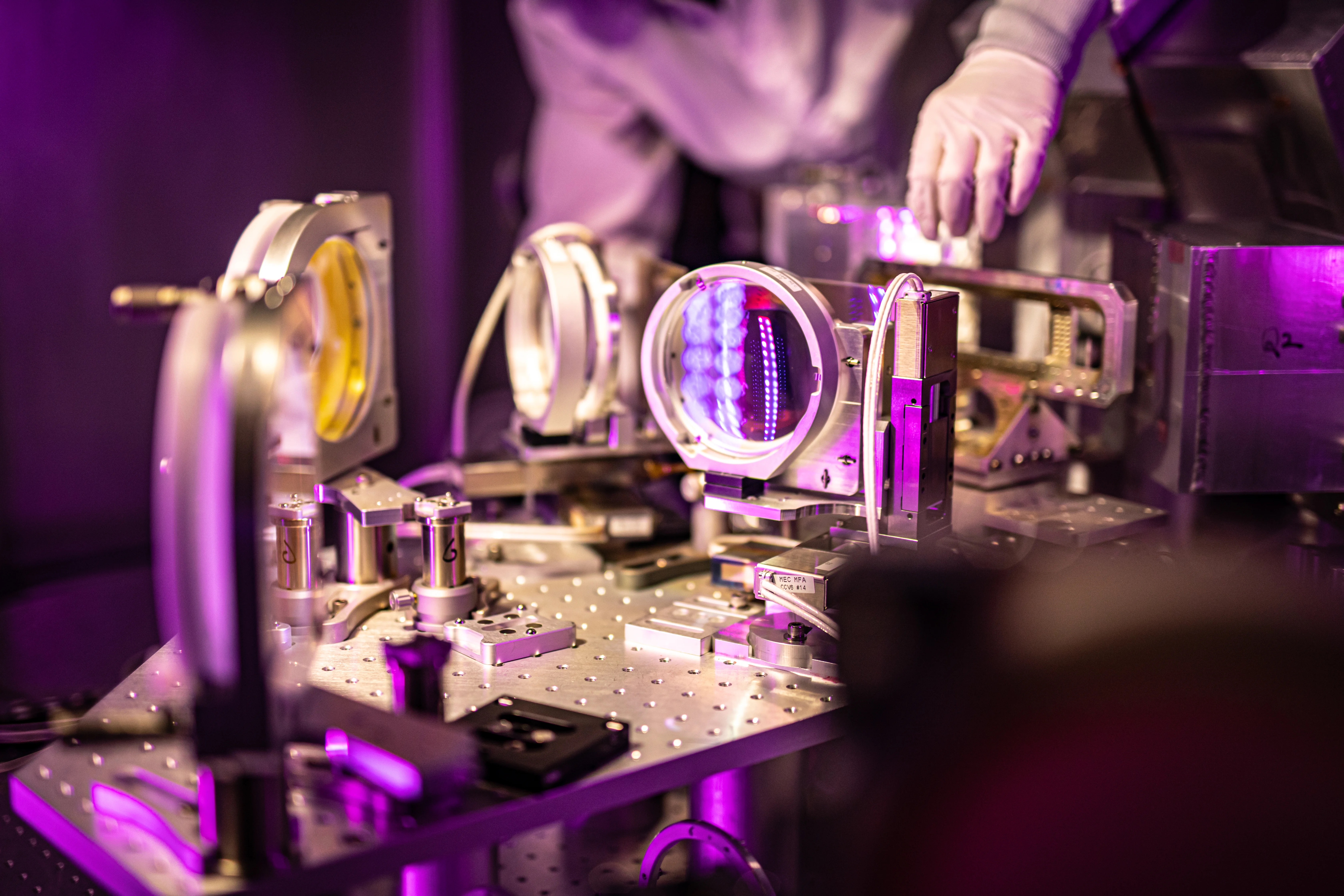
Renewed support for high power laser facilities will benefit discovery science and inertial fusion energy research at SLAC
LaserNetUS funding will allow scientists to take advantage of the Matter in Extreme Conditions instrument and ultrabright X-rays at the Linac Coherent Light Source to explore fundamental plasma science and inertial fusion energy research and technology.
UAH researchers win awards totaling $750K to advance steps toward “holy grail” fusion clean energy project
Mechanical and aerospace engineering faculty at The University of Alabama in Huntsville (UAH) have won a pair of research awards totaling $750,000 to collaborate with the Los Alamos National Laboratory (LANL) on research to advance knowledge toward one of the most sought-after goals of plasma physics, plasma fusion energy. This project marks the first experimental collaboration between the university and the LANL, helping to bring fusion and high energy density (HED) plasma research to UAH, a part of The University of Alabama System.
Fusion ‘breakthrough’ is big, but more efficient methods needed
The Department of Energy has announced the first ever fusion reaction to generate more energy than used to start the reaction. Gennady Schvets is an expert on fusion and plasma physics at Cornell University who will lead Cornell’s Laboratory of…
Energy Secretary Granholm Announces 2021 Ernest Orlando Lawrence Award Winners
Today, U.S. Secretary of Energy Jennifer Granholm announced ten U.S. scientists and engineers as recipients of the prestigious Ernest Orlando Lawrence Award for their exceptional contributions in research and development supporting the Energy Department’s missions in science, energy, and national security. Established in 1959, the Lawrence Award recognizes mid-career U.S. scientists and engineers who have advanced new research and scientific discovery in nine categories representing the broad science and engineering missions of DOE and its programs. The awards are among the longest running and most prestigious science and technology awards bestowed by the U.S. Government.
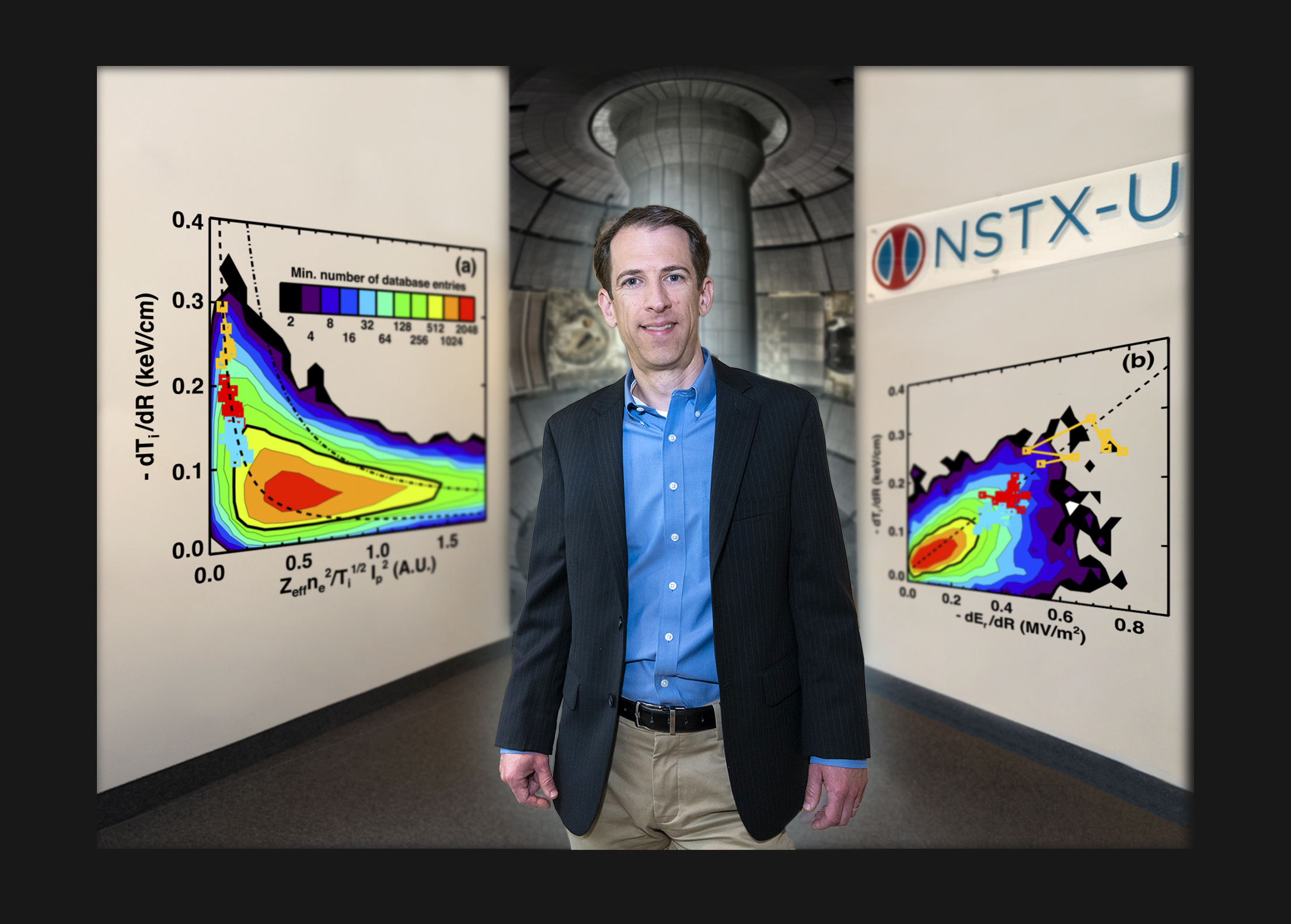
Building a star in a smaller jar
Researchers at PPPL have gained a better understanding of a promising method for improving the confinement of superhot fusion plasma using magnetic fields.

An Innovation for Fusion Device Walls May Have Unexpected Benefits for the Core
Instabilities in tokamak confinement fields can damage reactor walls by exposing them to plasma. Resonant magnetic perturbation (RMP) suppresses instabilities, but it was thought to impair confinement. New research shows that RMP has no effect on confinement and actually improves tokamak operation.

Researchers find unexpected electrical current that could stabilize fusion reactions
PPPL scientists have found that electrical currents can form in ways not known before. The novel findings could give researchers greater ability to bring the fusion energy that drives the sun and stars to Earth.
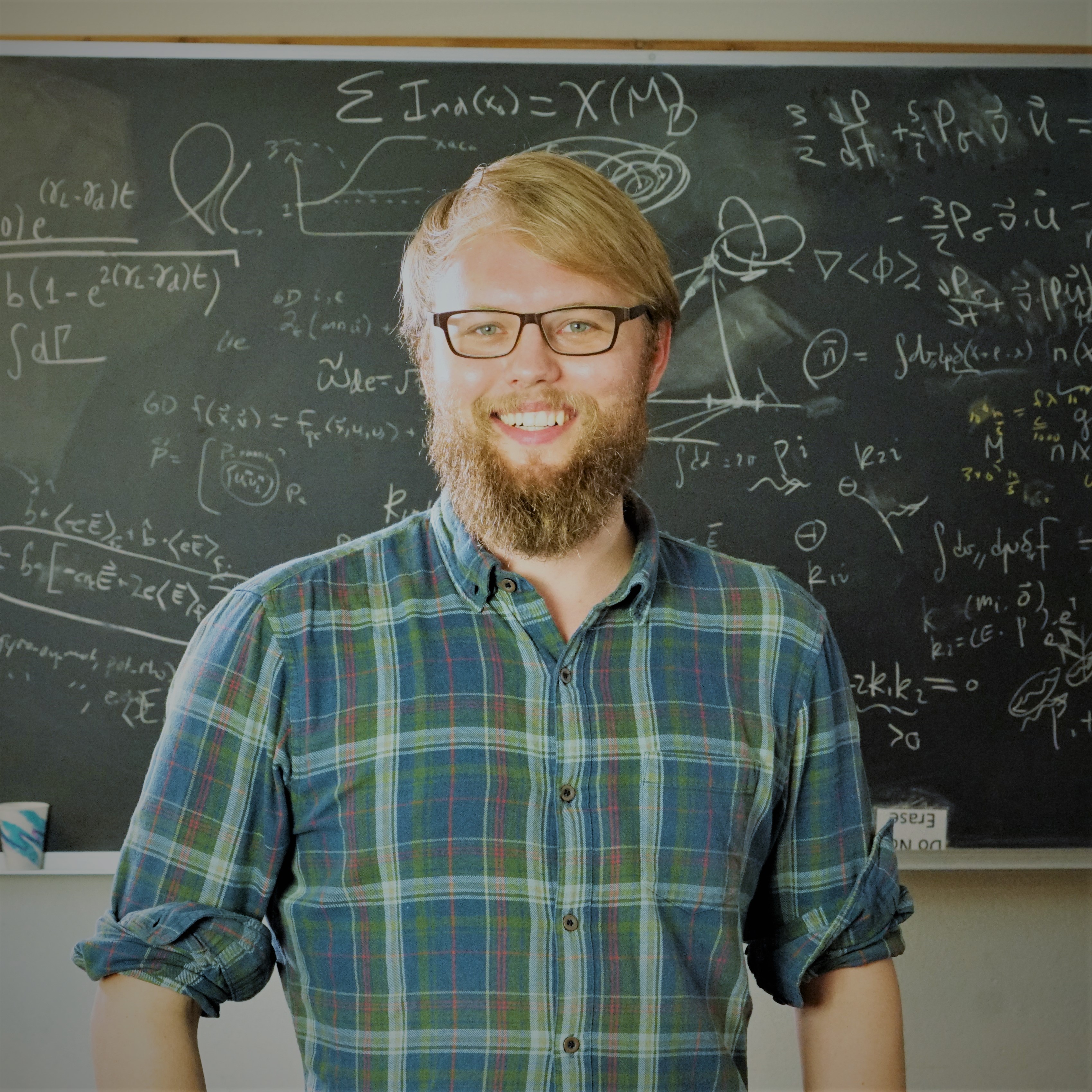
Mathematical noodling leads to new insights into an old fusion problem
Scientists at PPPL have gained new insight into a common type of plasma hiccup that interferes with fusion reactions. These findings could help bring fusion energy closer to reality.
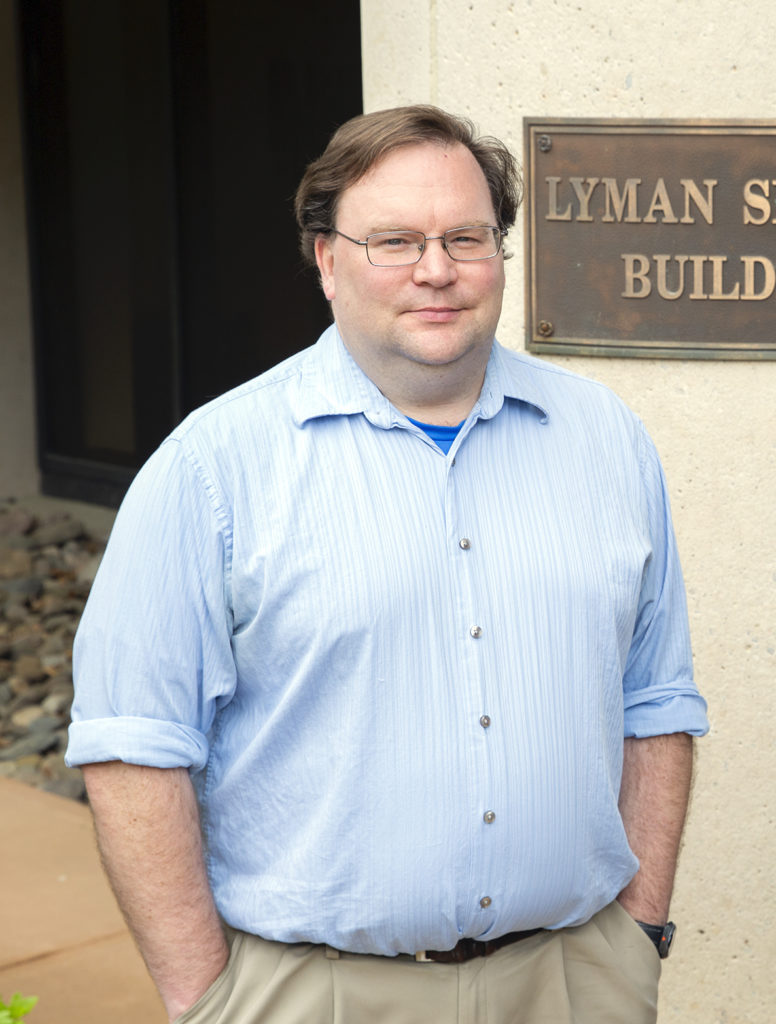
Powder, not gas: A safer, more effective way to create a star on Earth
PPPL scientists have found that sprinkling a type of powder into fusion plasma could aid in harnessing the ultra-hot gas within a tokamak facility to produce heat to create electricity without producing greenhouse gases or long-term radioactive waste.

Batten down the hatches: Preventing heat leaks to help create a star on Earth
PPPL physicists have identified a method by which instabilities can be tamed and heat can be prevented from leaking from fusion plasma, giving scientists a better grasp on how to optimize conditions for fusion in devices known as tokamaks.
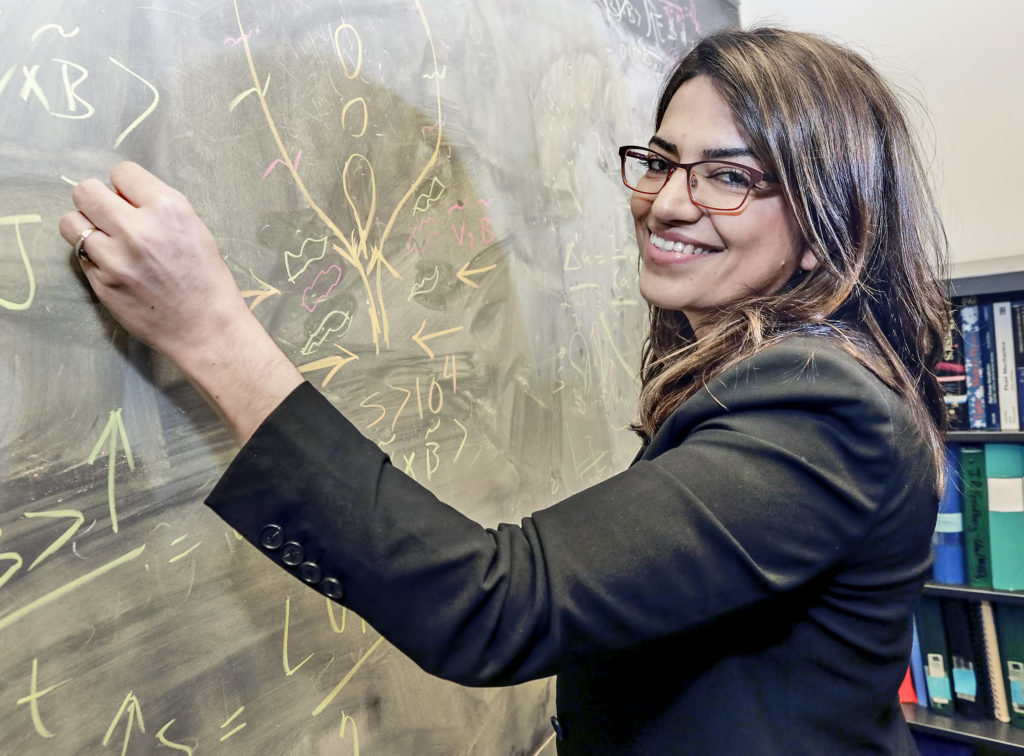
Blowing bubbles: PPPL scientist confirms novel way to launch and drive current in fusion plasmas
PPPL physicist Fatima Ebrahimi has used high-resolution computer simulations to confirm the practicality of the CHI start-up technique. The simulations show that CHI could produce electric current continuously in larger, more powerful tokamaks than exist today to produce stable fusion plasmas.
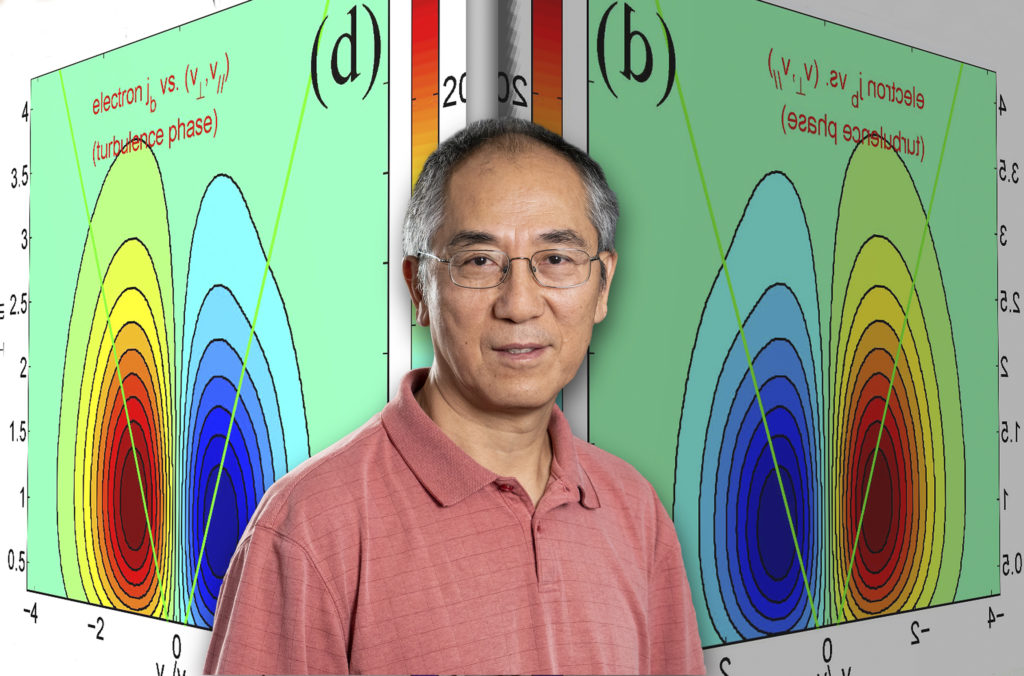
Shake, rattle, roll: Turbulence found to disrupt the crucial magnetic fields in fusion energy devices
Scientists at PPPL have discovered that turbulence may play an increased role in affecting the self-driven, or bootstrap, current in plasma that is necessary for tokamak fusion reactions.
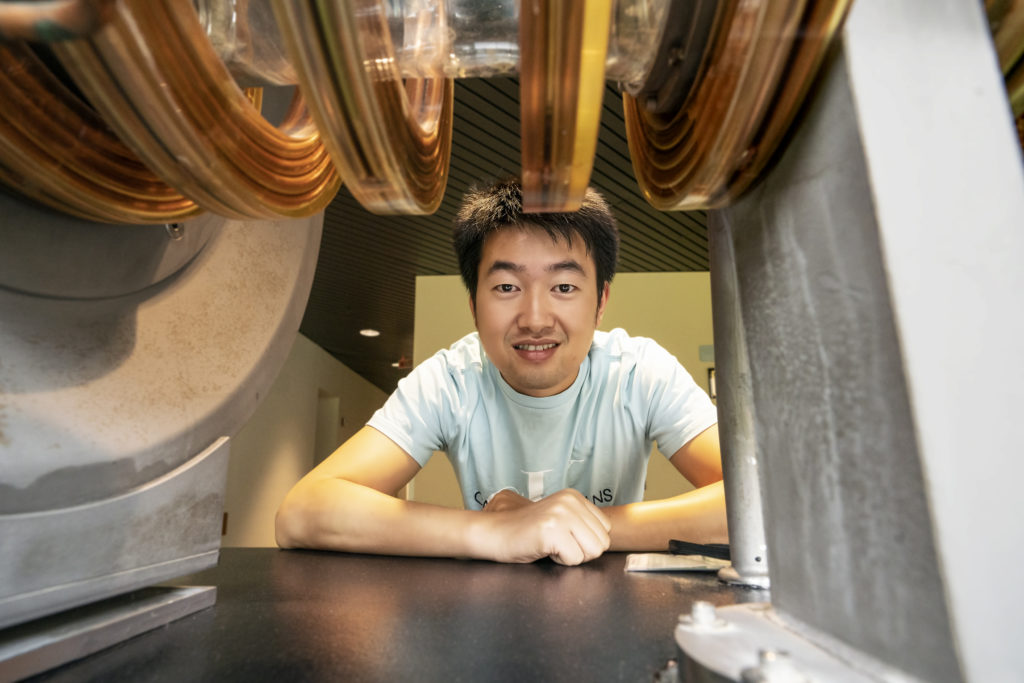
New technique could streamline design of intricate fusion device
Stellarators, twisty machines that house fusion reactions, rely on complex magnetic coils that are challenging to design and build. Now, a PPPL physicist has developed a mathematical technique to help simplify the design of the coils.
A Trojan Horse for Fusion Disruptions
Thin-walled diamond shells carry payloads of boron dust; the dust mitigates destructive plasma disruptions in fusion confinement systems. The Science To put the energy-producing power of a star to work, researchers create and contain plasma—the ultra-hot gas that makes up…